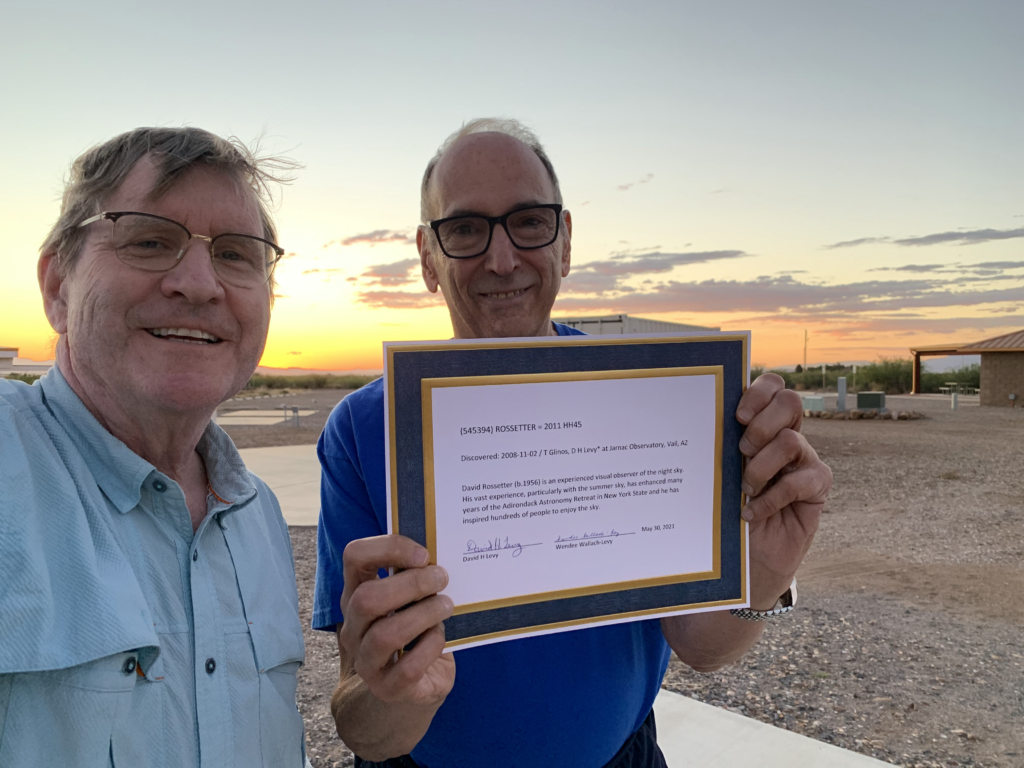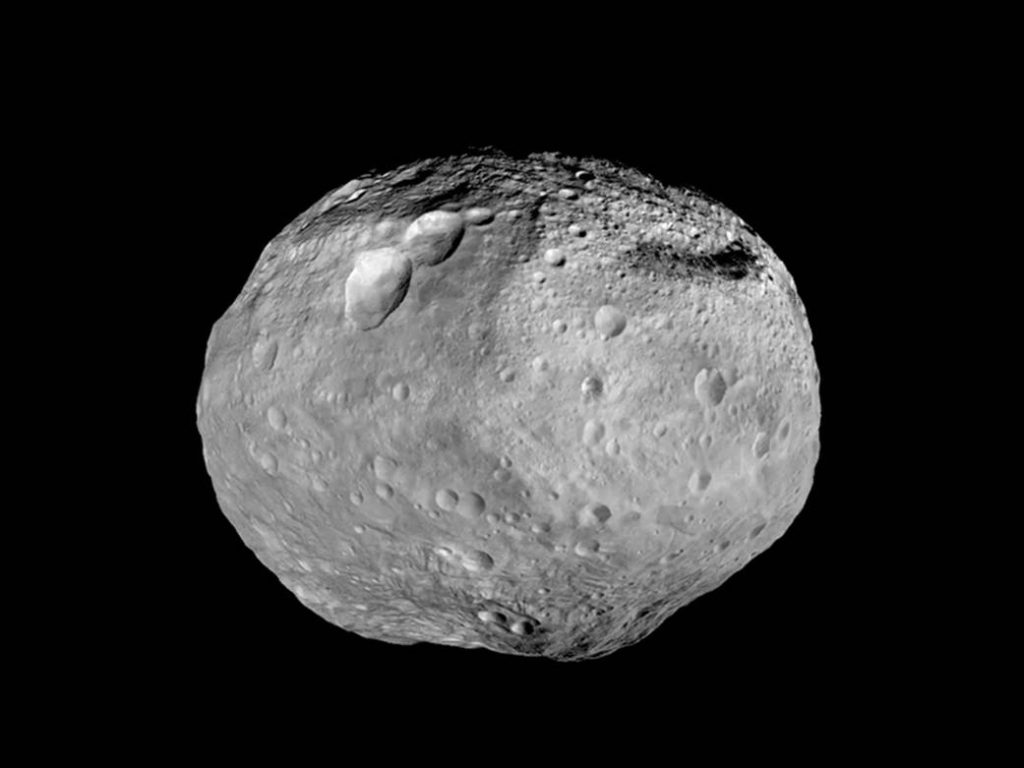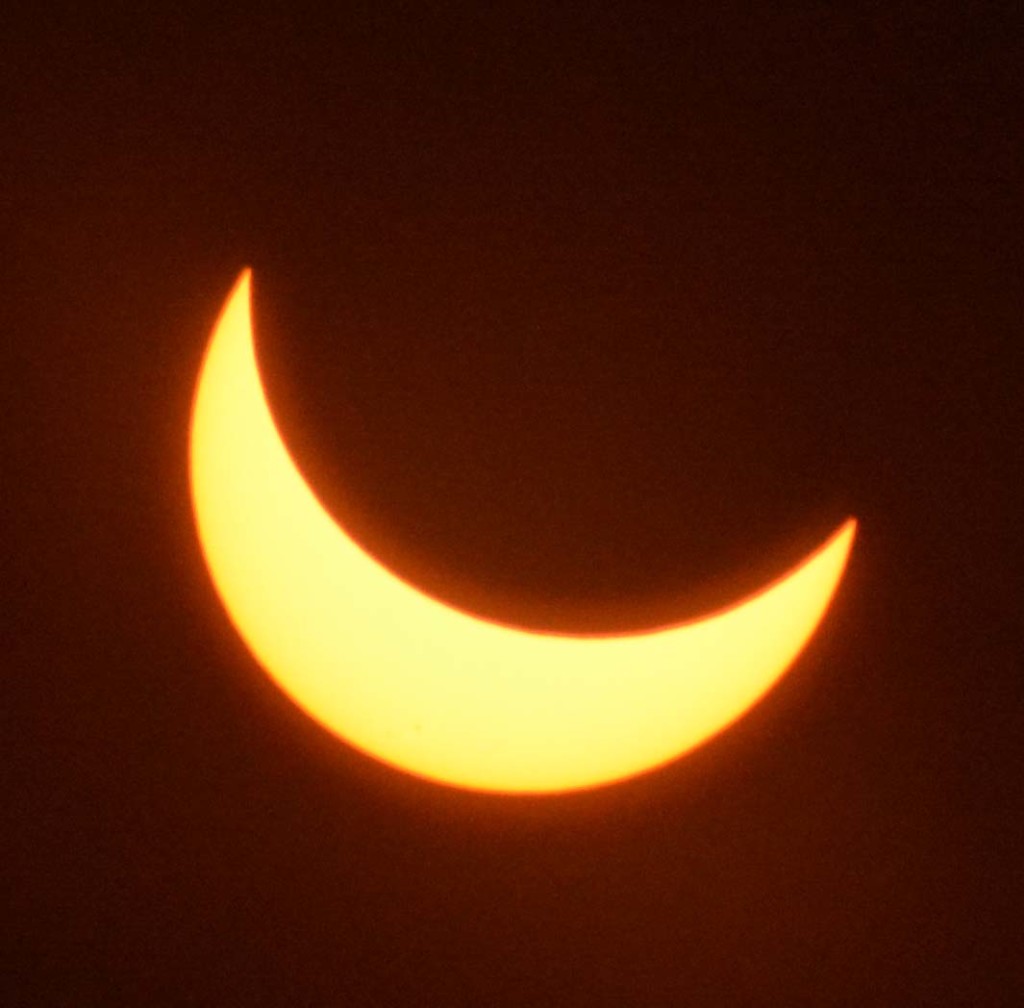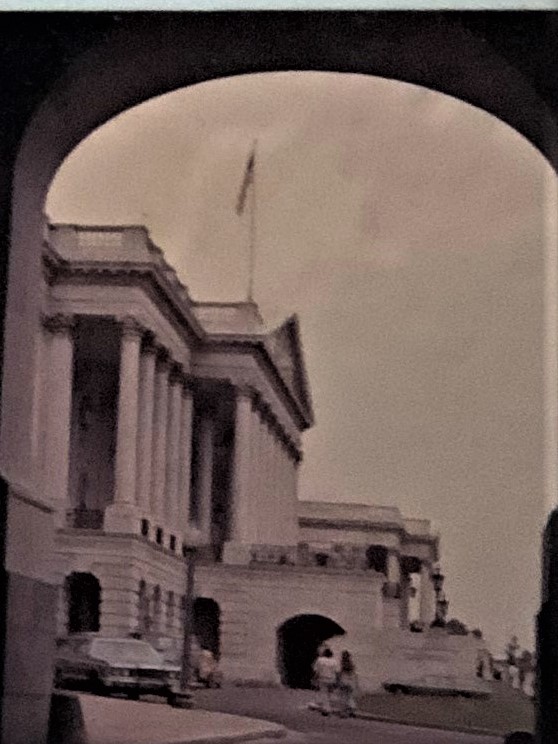Reservations for the attendance at the TIMPA Dark Site can be made by emailing the TIMPA Director at
TIMPAdirector@tucsonastronomy.org
Reservations for the attendance at the TIMPA Dark Site can be made by emailing the TIMPA Director at
TIMPAdirector@tucsonastronomy.org
By Erich Karkoschka







Asteroid (545394) Rossetter = 2011 HH45 Earlier Designation.
I am proud to announce that TAAA member David Rossetter has been honored by the International Astronomical Union by having minor planet 545394 officially named Rossetter.
Discovery information: 2008-11-02 / T. Glinos, D. H. Levy * / Vail-Jarnac / G92. Asteroid Rossetter
David Rossetter (b. 1956) is an experienced visual observer of the night sky. His vast experience, particularly with the summer sky, has enhanced many years of the Adirondack Astronomy Retreat in New York state and he has inspired hundreds of people to enjoy the sky.

By Erich Karkoschka







The messages from the TAAAA president have appeared in various forms over the years. They have appeared in the Desert Skies publications, in the TAAA Monthly Bulletin, and now appear in the revamped monthly Desert Skies TAAA Bulletin. For a period of TAAA history, the Notes were send as a stand alone message to members from 2018 to 2021. Those communications with summaries of the work of the TAAA board and important monthly accomplishments by the organization are listed below.
2021 April Notes
2021 March Notes
2021 February Notes
2021 January Notes
2020 December Notes
Just one day after the Earth passed its perihelion, the closest point to the Sun in its orbit, the American Astronomical Society was having its annual meeting online, the United States Congress was validating the results of the 2020 national election, and Wendee and I were settling in for a civics lesson about the way the United States Government works. The day did not turn out as we expected.
Shortly before noon, as we watched our television set a news ticker appeared. It announced that two buildings in the Library of Congress (LC), the James Madison, and quickly afterwards the Adams and Jefferson buildings, were being evacuated. That news sent an ugly chill through me. The LC is one of the finest libraries in the entire world. It contains more than 170 million books, of which more than thirty are books I wrote entirely or those for which I penned the foreword. It also includes all of the more than two hundred “Star Trails” columns I wrote for Sky and Telescope magazine between 1988 and 2008, and dozens more I wrote for other magazines and journals. Only the British library, with over 200 million books, is larger.
This evacuation was quite personal for me. A few minutes later, when the entire Capitol complex was stormed, it was personal for all of us. All of us had reactions to this, but in addition to the feelings I had, I felt a major conern for the library.
How many books does it take to make a library? When I was a child in 1963, a teacher told me his answer: “two books.” To me, a library– any library– is every bit as priceless as a dark sky. The wisdom of the ages is contained in each library- from the LC to a child’s collection. I have never gone into a library without feeling better when I exited. The idea that this magnificent collection was threatened that day was terrifying.
I have read many books over my lifetime, from The Cat in the Hat to my boxed set of Lord of the the Rings. One small treasure, Jene Lyon’s Golden book Our Sun and the Worlds Around It, opened a door to a lifetime of stargazing. (That gem, by the way, also lives in the LC). What is more, I have never encountered a really bad book. When an author places her or his thoughts on paper in a book, that book immortalizes those thoughts.
I hope that Capitol Hill and the Library of Congress are never threatened again. They belong to we the people, and stand beautifully in Washington, D.C. to govern us, teach us, and encourage us to follow our dreams and reach for the stars.

by Erich Karksochka







Come join us for a presentation from the fundamentals of amateur astronomy. Learn your way around the night sky to add to your observing enjoyment. Meetings are on the second Thursday of each month.
Contact: Connor Justice
Email: fundamentals[at]tucsonastronomy.org
Presenter: Doug Smith
Doug Smith will be discussing Fornax as the constellation of the month.
Presenter: Connor Justice
Our main topic will be on the NGC catalog by Connor Justice.
Presenter: None
No constellation of month.
Presenter: to be determined
This month’s main topic will be recapping several research results from the professional astronomy community that will be covering new discoveries about planetary formation, supernovas, as well as Jupiter, Saturn, and Venus.
Presenter: David Evans
David Evans will be presenting Hydrus (not to be confused with Hydra) and Phonix for the constellation of the month.
Presenter: Doug Smith
Doug Smith will be wrapping up our slate of presentations on the planets with a talk on Mercury.